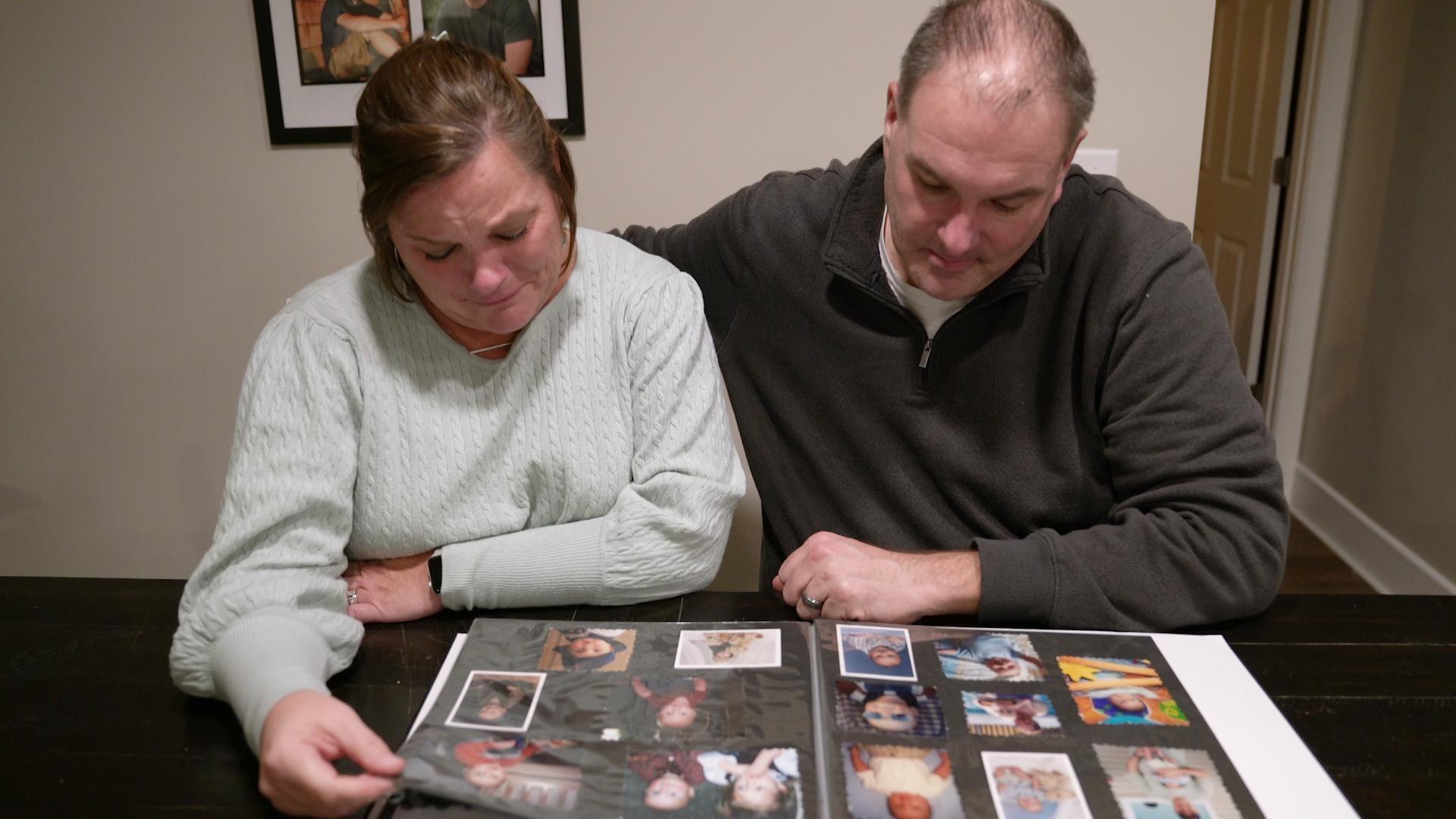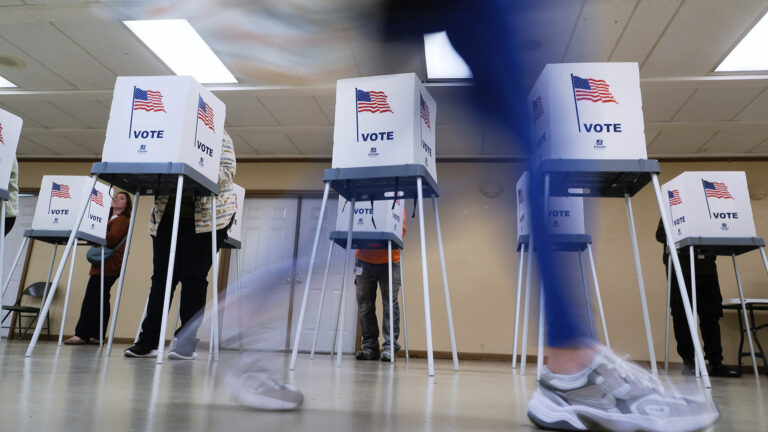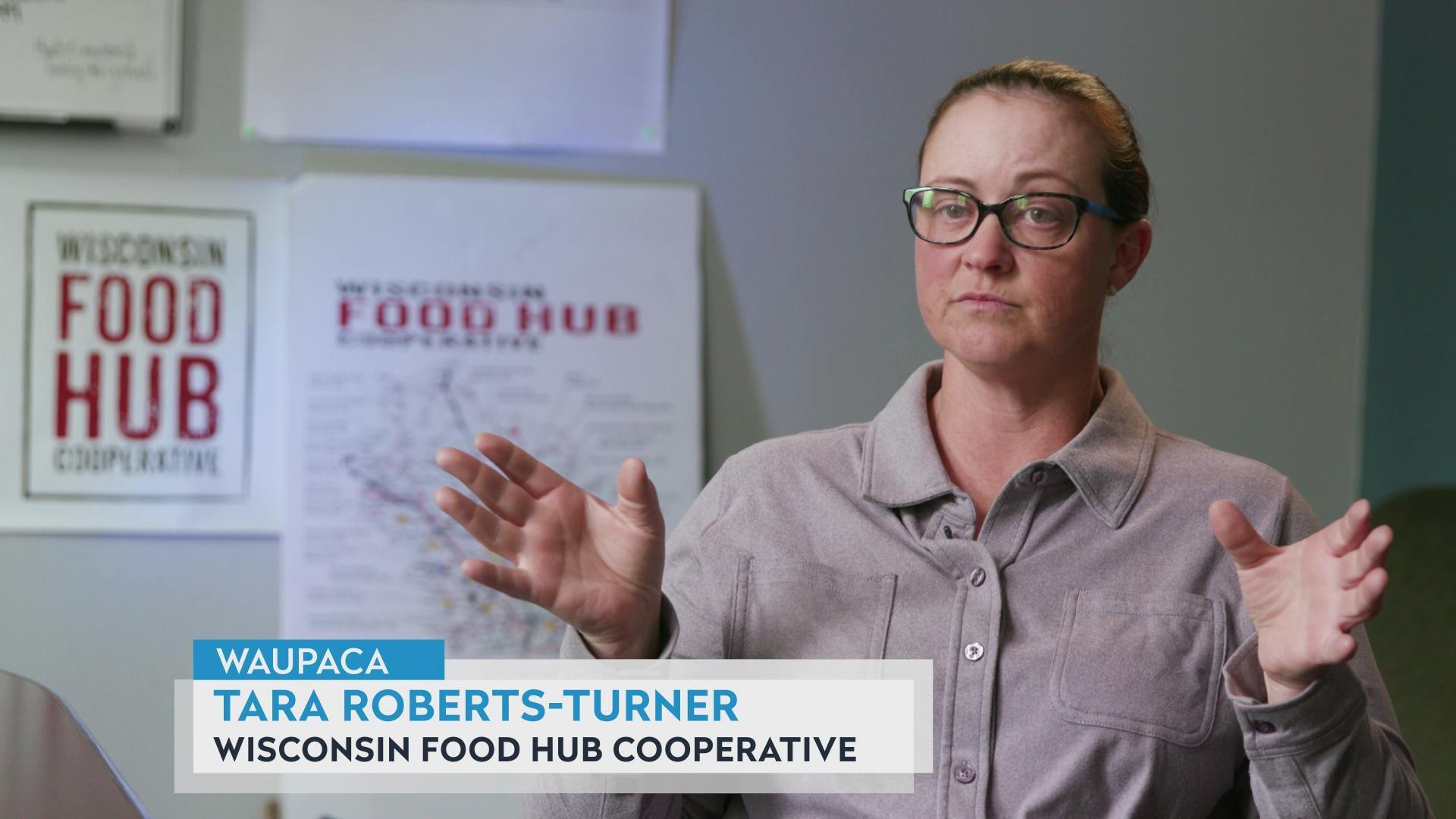Frederica Freyberg:
Ten life-saving prescription drugs could soon cost less for anyone enrolled in Medicare Part D, that’s roughly 1.1 million Wisconsinites. The first 10 drugs announced treat blood clots, diabetes, heart failure, chronic kidney disease, blood cancers and more. Additional drugs to be negotiated are expected. The action stems from part of the Inflation Reduction Act, which will allow the federal government to negotiate prices with manufacturers for the first time. Medicare currently spends $135 billion on prescription drugs annually. The savings will allow it to shore up finances according to the AARP and eventually lead to lower Part D premiums. For more we are joined by AARP Wisconsin director of advocacy Martin Hernandez. Thanks for being here.
Martin Hernandez:
Thank you for having me.
Frederica Freyberg:
How meaningful is it that the federal government, for the first time, will able to negotiate these drug prices?
Martin Hernandez:
We know Americans have some of, if not the highest drug prices in the world. Being able to negotiate for these first 10 drugs is a historic first step really for all Americans but especially older Americans, who we already know are on a fixed income in many cases. And a lot of times they are the ones taking the majority of these prescription drugs.
Frederica Freyberg:
How much could this help lower out-of-pocket costs for these seniors?
Martin Hernandez:
We are looking at a potential reduction in the millions of dollars over all when we look at the total savings. Not just for these 10 drugs but then additional ones that will get added on to this plan in the future.
Frederica Freyberg:
Because these drugs are the kinds of drugs that many, many seniors take for things, as we described, like blood clots and heart disease and that kind of thing. So they choose these drugs in particular?
Martin Hernandez:
They reached out. There was a lot of public hearing sessions done in order to determine which are the 10 drugs that were going to be included on this first batch. That will continue happening as they add more and more drugs. There will be 15 more added in 2027, hopefully, with another 20 added to the negotiation by 2029, getting us up to potential 60 drugs covered by this negotiation process.
Frederica Freyberg:
Because the White House fact sheet on this said for enrollees without additional financial assistance average annual out-of-pocket costs for these drugs were as high as nearly $6,500 per enrollee last year. What happens to people who simply cannot afford that?
Martin Hernandez:
Well, the unfortunate circumstance that happens is, many seniors either will go without their prescription or they will ration it out, where they might take half of a pill when they should be taking a full dose for that day. Obviously, we know that has many detrimental effects to their health.
Frederica Freyberg:
It seems counterintuitive that seniors, many of them on fixed incomes, have to pay that kind of money for prescription drugs. What has been the reaction from your members to this?
Martin Hernandez:
They — I think this is — was an exciting first step. Many of them know exactly how much of an effect this will have on their pocketbook and they are excited to continue the fight to bring more and more drugs into the price-negotiated scale.
Frederica Freyberg:
So the negotiated prices don’t just help consumers on prescriptions. It represents savings for the Medicare program itself. Could that lead to lower premiums?
Martin Hernandez:
That is the hope is that as we bring the cost of Medicare down, that it leads to lower costs overall in all sectors of the health care field.
Frederica Freyberg:
Given that the number of — the demographics are such that the older population is growing. There’s always discussion about Medicare and social security. If the negotiated drug prices kind of shore up Medicare, would you imagine that they would actually lower the premiums, or would they just kind of use it to maintain the Medicare program itself?
Martin Hernandez:
I think that is going to be the next big conversation we have. That’s the work we are doing, is getting folks active in their political process so when that decision comes, we can have an active voice at the table.
Frederica Freyberg:
You know, it has always struck me that a lot of people think that seniors on fixed incomes, they don’t have to pay for Medicare. And they don’t have to pay for their prescription drugs. But actually those premiums are quite high, given many seniors’ incomes.
Martin Hernandez:
No, no, especially one of the drugs announced as part of the program, Januvia, which is used to treat diabetes, the price for that prescription has gone up by 275% since it was introduced in 2006. We actually have 11,000 Wisconsinites on Medicare who take that drug. So having that price come down any amount is going to make a big impact for those 11,000 Wisconsin residents.
Frederica Freyberg:
Absolutely. Yet people should not expect this to go into effect until 2026.
Martin Hernandez:
2026 is the goal for getting this implemented. There are unfortunately lawsuits by the drug manufacturers. Our hope is that it doesn’t delay the implementation. It’s been long coming, this relief for all Americans, especially older Americans. And our hope is that come 2026, we can start rolling out the plan and then adding additional drugs.
Frederica Freyberg:
So there are lawsuits on the part of drug makers over these, negotiating these prices. But couldn’t the federal government say, well fine, you don’t want to do this then you are not going to have — you know, you can’t be part of the Medicare program.
Martin Hernandez:
That is one option they have. We are hoping that it doesn’t have to come to that much of a head-off. The drug manufacturers can still make a healthy profit. That is our stance is that even with these negotiated prices, they can still make a healthy profit, innovate on new drugs while still providing again that lower cost for their consumers.
Frederica Freyberg:
It is true too that the cost of insulin has been capped. What is that like for your members?
Martin Hernandez:
That was a big first step. Capping insulin. Now it is capped at $35 a month for folks who are on Medicare Part D. AARP is definitely supportive of expanding that to all Americans, allow everyone to access to that $35 a month cap on insulin.
Frederica Freyberg:
Because what was it? What were people having to pay?
Martin Hernandez:
They were paying upwards of three, four times the amount in order to access insulin.
Frederica Freyberg:
Obviously that is a life-saving drug.
Martin Hernandez:
It is a life-saving drug and one you can’t go without. I think for me that is the most important part is many of these prescriptions are the types you go on and you have to stay on in order to maintain a healthy lifestyle. It is not something someone can take and, again, either take less or ration out their prescription.
Frederica Freyberg:
Martin Hernandez, thanks very much.
Martin Hernandez:
Thank you.
Frederica Freyberg:
For more on this and other issues facing Wisconsin, visit our website at PBSwisconsin.org and then click on the news tab.
Search Episodes
News Stories from PBS Wisconsin

Donate to sign up. Activate and sign in to Passport. It's that easy to help PBS Wisconsin serve your community through media that educates, inspires, and entertains.
Make your membership gift today
Only for new users: Activate Passport using your code or email address
Already a member?
Look up my account
Need some help? Go to FAQ or visit PBS Passport Help
Need help accessing PBS Wisconsin anywhere?

Online Access | Platform & Device Access | Cable or Satellite Access | Over-The-Air Access
Visit Access Guide
Need help accessing PBS Wisconsin anywhere?

Visit Our
Live TV Access Guide
Online AccessPlatform & Device Access
Cable or Satellite Access
Over-The-Air Access
Visit Access Guide
 Passport
Passport


















Follow Us